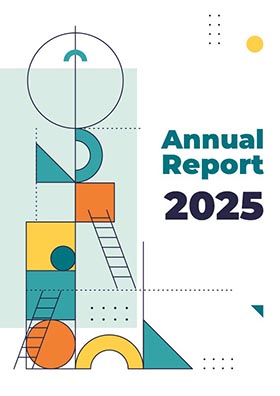On ( April 28, 2024) , (Dr. Mohammad Ahmad Thawabteh, Omayma Sawalmeh and Abdel Karim Daragmeh) published a new study in (Dragoman Journal of Translation Studies) titled (Translating Humor in Subtitling and Dubbing into Language Varieties: The Arabic version of Toy Story (1995).
The present paper aims to unveil various types of humor utilized in Toy Story (1995), define the linguistic and cultural limitations in translating humor, and finally to assess the quality of two translated versions in Arabic, in Modern Standard Arabic (MSA) and Egyptian dialect translation. The data was plausibly sorted into two main relevant categories, language-based humor, and culture-based humor. House’s (1997) model of translation quality assessment is applied to a wide range of the extracted data, documenting an outline of all humorous instances between the individual case study in the source text (ST) and both target text (TT) versions. The MSA translation shows to predominantly favor opting for an overt translation whereby maintaining the form of the text is instinctively prioritized over conveying the function, i.e., the humorous effect. The colloquial version is in awe of covert translation, in which transmitting the humorous function of the text is clearly prioritized over the form. The dialect-based translation does not restrict itself to the form (i.e., form-restricted translation), and ensuing free version comes to the fore; it facilitates familiarizing the text to the linguistic and cultural standards of the target audience, makes the TT translation easier to associate with, and gives rise to better results in the conveyance of the communicative function as well as the humorous function.


